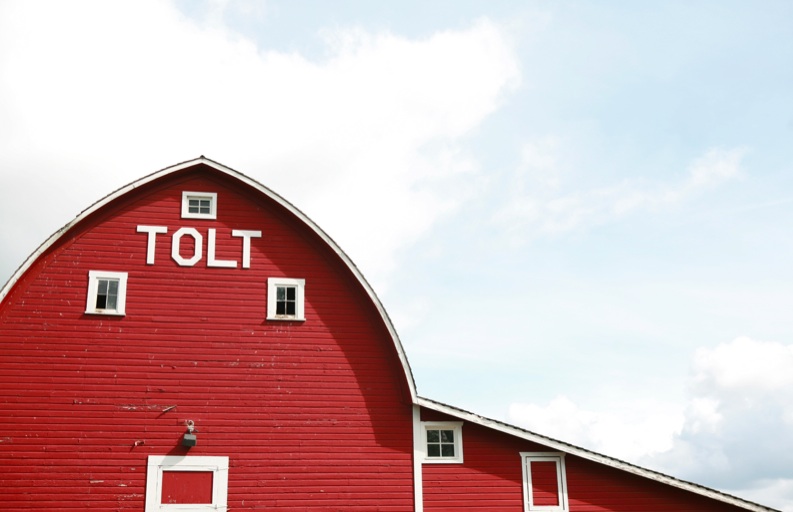This week: Are natural dyes really compostable and besides eating rice, can we dye with it?
Each week, we are emailed with questions from our natural dye community asking simple and complex questions that we thought might be worth sharing. Here are a handful from this week answered by natural dyer in chief, Kathy Hattori, Founder of Botanical Colors:
I took an indigo workshop with you last summer at Tolt Yarn and Wool! As I’ve been researching the possibilities of composting natural fibers, I have been wondering whether or not natural dyes are compostable.
I know that natural fibers themselves are compostable, but it’s the dyes that aren’t (particularly the chemical ones used in mass produced clothing – if, for example, one wanted to shred and compost their cotton clothing that was dyed commercially). Natural dyes, on the other hand, are technically plant or insect derived, and therefore seem biodegradable as well. Is this true, even through the use of a mordant?
Natural dyes are bonded to the fabric using alum or tannin mordants. Both of these substances may break down further in composting but it’s possible that the alum remains, which should not be a problem as it is a mineral source. Indigo also seems to be easily compostable as the ingredients are indigo, calcium hydroxide and fructose (or henna or iron), all ingredients that should be able to return to the earth without adverse effects.

